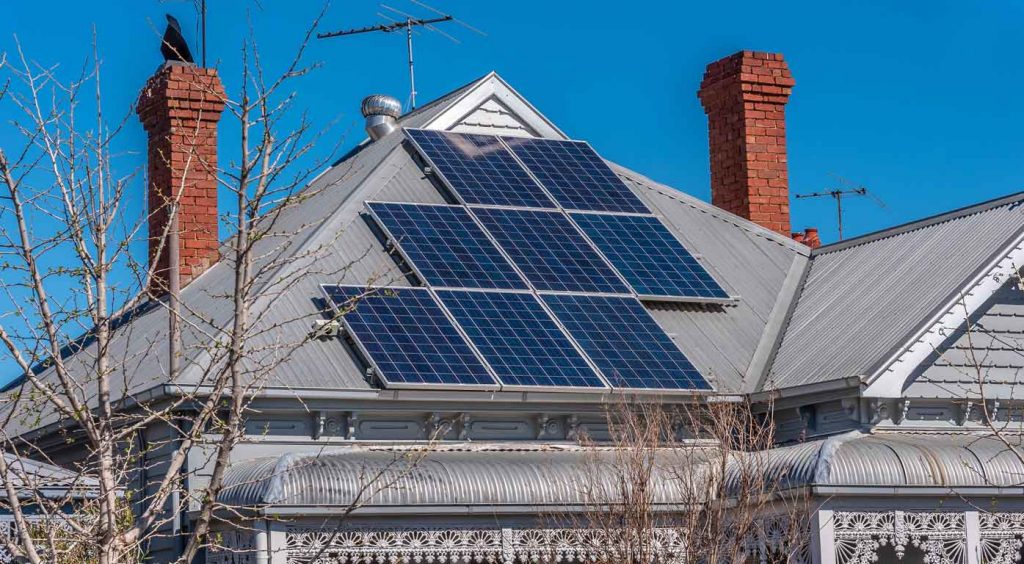What are virtual power plants and why do they matter?
Thousands of household solar and battery installations are being aggregated into virtual power plants to help stabilise the electricity grid.

Obviously a single rooftop solar system and a home battery cannot do the job of a power station, but what about one thousand home batteries, or ten thousand… or a million? Virtual power plant maybe?
Are virtual power plants popular in Australia?
Australians are world-leaders for rooftop solar, installing more than 2.5 million systems with a collective capacity of more than 10 GW. Home batteries are also growing rapidly, with more than 73,000 systems storing almost 1.1 GW of power.
That’s a lot of energy – more than eight times the capacity of the former Hazelwood power station, or four times the capacity of the Liddell power station.
But naturally solar panels don’t generate electricity at night, and a grid with more weather-reliant renewable energy will have more variability.
So to keep the grid balanced and ensure power is available whenever it is needed, network operators are looking for ways to store renewable energy.
Virtual power plants are emerging as an important part of the mix, harnessing the collective power of Australia’s behind-the-meter energy assets.
How do virtual power plants work?
By aggregating thousands of individual home batteries, virtual power plants allow renewable energy to be injected into the grid with lightning speed to address frequency and voltage imbalances, local disruptions or disturbances and keep the network stable.
The technology is being rolled out across the country, through ARENA-funded projects like AEMO’s demonstration and Tesla’s South Australian virtual power plant.
Through these projects, operators are able to remotely deploy energy from participating households for a range of services, like responding to energy shortfalls, providing frequency control ancillary services and network support.
Households are rewarded for participating, generally through direct payments or bill credits.
Not just solar batteries…maybe a virtual power plant
While household solar batteries are an early focus, the term ‘virtual power plant’ can refer to energy pooled from a wide range of energy assets or generators.
Electric vehicles offer a significant opportunity, which is currently being trialled by ACT energy provider ActewAGL to provide FCAS to support the grid.

Their project has deployed 51 Nissan Leaf EVs with vehicle-to-grid capability, using the vehicles’ 40kWh batteries to deliver grid services. Charged with renewable energy, the EVs will be connected to the grid for about 70 per cent of the time, providing backup power and discharging electricity to the grid, as well as storing excess renewable energy to help to stabilise the network.
The potential of EVs is significant. If all 19 million vehicles on Australian roads were electric, they would collectively supply as much energy storage as nine Snowy 2.0 pumped hydro schemes.
With AEMO forecasting that Australia will need 15 GW of energy storage by the early 2040s and high uptake of DER already stretching the grid, technologies like virtual power plants are predicted to play an important role.
LIKE THIS STORY? SIGN UP TO OUR NEWSLETTER

ARENA